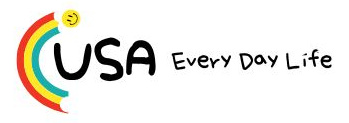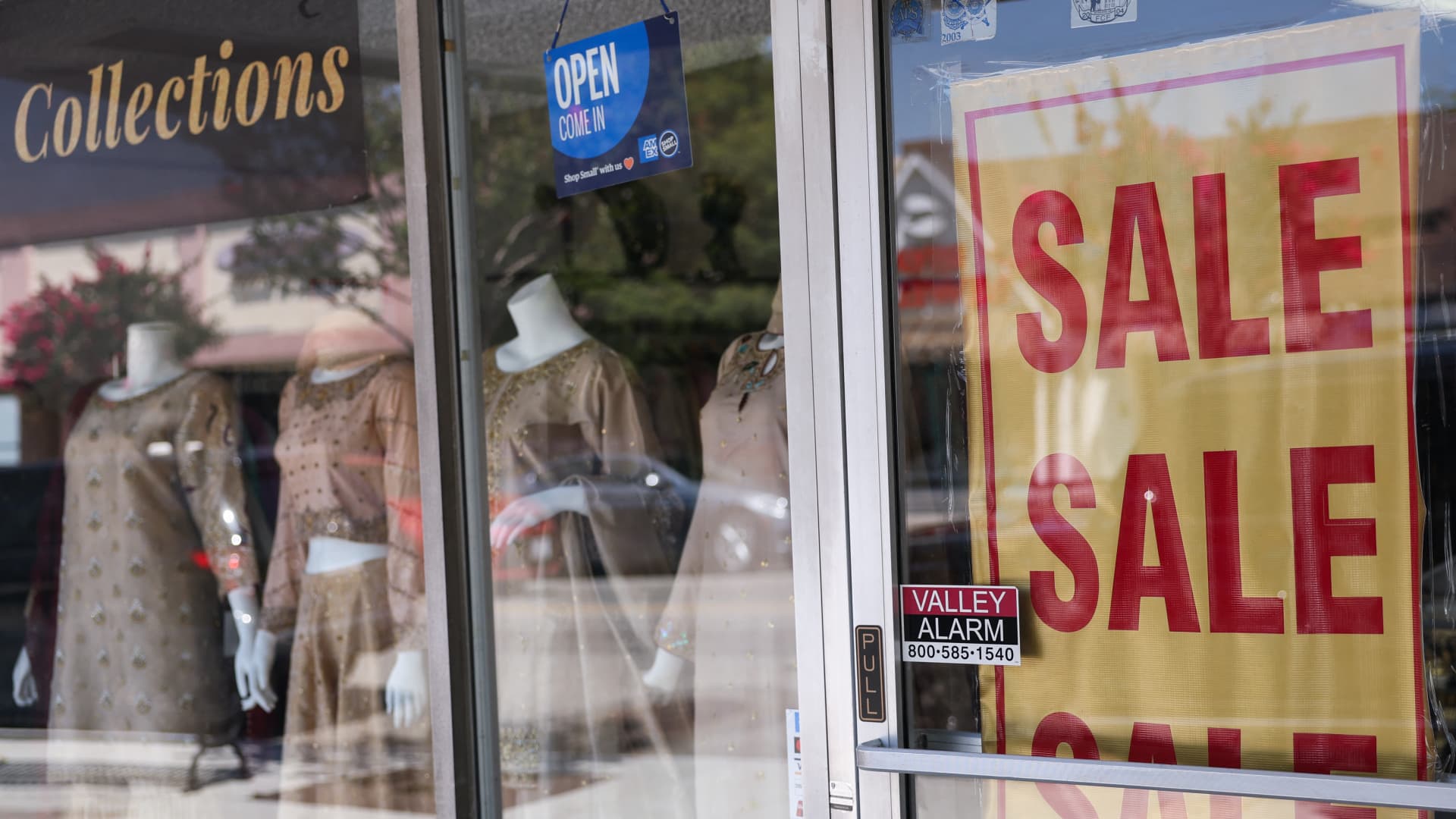A sale sign inside a clothing store in Artesia, California, U.S. on August 7, 2025.
Patrick T. Fallon | Afp | Getty Images
Waiting for tariff-induced price increases in the U.S. to show up can feel like watching an M. Night Shyamalan movie.
July’s consumer price index came in mostly benign. The headline annual rate of 2.7% was lower than the Dow Jones estimate of 2.8%. That said, the core figure was 0.1 percentage points more than expected, and the highest since February, before U.S. President Donald Trump unleashed his tariffs in April.
“The tariffs are in the numbers, but they’re certainly not jumping out hair on fire at this point,” former White House economist Jared Bernstein, who served under Joe Biden, told CNBC.
Things appear idyllic so far, but you know something’s going to shock you out of your seats eventually — are the figures accurate, except that the decimal point should be shifted to the right? — which makes monitoring U.S. inflation a captivating experience.
Jan Hatzius, Goldman Sachs’ chief economist, in a Sunday research note estimated that the big reveal (when the U.S. consumer admits, “I see higher prices”) could happen by October. (That could have placed him in Trump’s crosshairs.)
But markets hit record highs as investors saw the mild inflation numbers as a sign that the Federal Reserve has room to cut rates three times this year — or that tariffs might not drive prices that much higher.
Maybe the original premise was wrong: As far as inflation goes, could we be in a happily-ever-after Disney flick, instead of a Shyamalan movie?
— CNBC’s Jeff Cox and Kevin Breuninger contributed to this report
What you need to know today
U.S. prices in July rose less than expected. The consumer price index increased a seasonally adjusted 0.2% for the month, putting the annual figure at 2.7%. Economists polled by Dow Jones were expecting a 0.2% and 2.8% rise, respectively.
The S&P 500 and Nasdaq Composite close at new highs. On Tuesday, July’s tame CPI report pushed the indexes up 1.13% and 1.39% respectively. Asia-Pacific markets traded higher Wednesday, with Japan’s Nikkei 225 also hitting a fresh record.
Trump threatens Fed chair Powell with a ‘major lawsuit.’ In a post on Truth Social, the U.S. president said the potential proceedings would relate to Powell’s management of the Fed’s headquarters renovations.
Perplexity AI offers $34.5 billion to buy Google’s browser. The bid for Chrome, which came unsolicited, is higher than Perplexity’s $18 billion valuation in July, but the firm said investors have agreed to back the deal.
[PRO] Gold prices could reach $4,000, analyst says. Wall Street foresees another rally for the bullion after Trump confirmed that “Gold will not be Tariffed!” One strategist is so bullish on gold he thinks it could jump 14% from today’s prices to break the $4,000 level.
And finally…
The skyline of London’s financial district.
Leon Neal | Getty Images News | Getty Images
Is London’s financial future evolving or eroding?
London’s reputation as a leading global financial center is increasingly in question, as it struggles to compete with the likes of New York, Hong Kong and Frankfurt. Brexit still hamstrings the economy, particularly through trade barriers, increased border costs and reduced productivity compared with staying in the European Union.
Despite the challenges and setbacks, all is not lost. Business leaders say there is still hope and opportunity for London.
— Ritika Gupta





